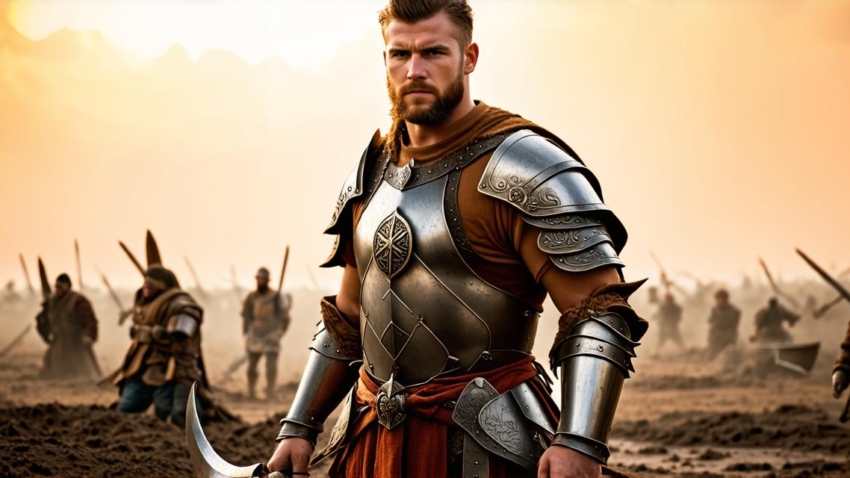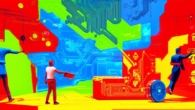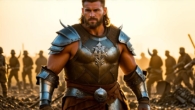
What does NFT stand for
NFT stands for non-fungible token, a digital asset that is unique and cannot be replaced by any other asset. This is what makes NFTs valuable and highly sought after in various industries, from art to gaming to real estate.
In this article, we will explore the basics of NFTs, their benefits, and how they are changing the way we think about digital ownership.
The Basics of NFTs
NFTs are a type of cryptocurrency that is used to represent unique digital assets. They are stored on a blockchain, which is a decentralized ledger that records all transactions related to NFTs.
Each NFT is assigned a unique identifier, which is often represented as a cryptographic hash. This identifier allows the owner of the NFT to prove ownership and authenticity of the asset.
NFTs have several key features that make them different from other types of cryptocurrencies. Firstly, they are non-fungible, which means that each NFT is unique and cannot be replaced by any other asset.

Secondly, NFTs are stored on a blockchain, which provides a level of security and transparency that traditional assets cannot match. The use of a decentralized ledger ensures that all transactions related to NFTs are recorded and verified by a network of participants, making it nearly impossible for anyone to cheat the system or manipulate the data.
Thirdly, NFTs can be bought, sold, and traded like any other asset. This has opened up new opportunities in various industries, from art and gaming to real estate and collectibles.
Benefits of NFTs
NFTs have several benefits that make them valuable and highly sought after in various industries. Here are some of the key benefits:
- Ownership and Authenticity: Each NFT is assigned a unique identifier, which allows the owner to prove ownership and authenticity of the asset.
- Rarity and Value: NFTs are highly sought after in industries where rarity and value are highly prized. For example, in the art world, NFTs have been used to sell digital paintings for millions of dollars, making them valuable collectibles that can appreciate in value over time.
- Accessibility: NFTs make it possible for individuals to own and trade unique digital assets, regardless of their location or financial situation. This has opened up new opportunities for artists, gamers, and collectors around the world to participate in global markets and trade valuable assets.
- Transparency and Security: The use of a decentralized ledger ensures that all transactions related to NFTs are recorded and verified by a network of participants. This provides a level of transparency and security that traditional assets cannot match, making it nearly impossible for anyone to cheat the system or manipulate the data.
How NFTs are Changing the Way We Think About Digital Ownership
NFTs are changing the way we think about digital ownership in various industries. Here are some examples of how they are being used:
- Art: NFTs have been used to sell digital paintings for millions of dollars, making them valuable collectibles that can appreciate in value over time. For example, the first-ever auction of a digital artwork sold for $69 million, highlighting the potential of NFTs as a new form of art investment.
- Gaming: NFTs are being used to create unique and valuable in-game assets in various games, including collectibles, weapons, and skins. This has opened up new opportunities for gamers to own and trade valuable digital items, creating new markets and revenue streams for game developers.
- Real Estate: NFTs are being used to represent unique and valuable real estate properties, making it possible for buyers and sellers to trade digital assets with confidence, knowing that they are purchasing an original and unique item. This has opened up new opportunities for real estate investors around the world to participate in global markets and trade valuable assets.
- Music: NFTs are being used to represent unique and valuable music tracks, making it possible for artists to monetize their work and create new revenue streams. For example, the band Kings of Leon sold a single-edition music video as an NFT for $1.5 million, highlighting the potential of NFTs as a new form of music investment.
FAQs
Q: What is an NFT?
A: An NFT stands for non-fungible token, a digital asset that is unique and cannot be replaced by any other asset. NFTs are stored on a blockchain and can be bought, sold, and traded like any other asset.
Q: How are NFTs different from other types of cryptocurrencies?
A: NFTs are non-fungible, which means that each NFT is unique and cannot be replaced by any other asset. They are also stored on a blockchain, which provides a level of security and transparency that traditional assets cannot match.
Q: Which industries are using NFTs?
A: NFTs are being used in various industries, including art, gaming, real estate, music, and more. They have opened up new opportunities for individuals and businesses to buy and sell unique digital assets with confidence, knowing that they are purchasing an original and unique item.
Q: What is the future of NFTs?
A: The future of NFTs looks promising, as they provide a new form of ownership and authenticity that is highly sought after in various industries. As the market for NFTs continues to grow and evolve, we can expect to see even more innovative use cases and applications emerge.
Summary
NFT stands for non-fungible token, a digital asset that is unique and cannot be replaced by any other asset. NFTs are stored on a blockchain, which provides a level of security and transparency that traditional assets cannot match. They have several benefits, including ownership and authenticity, rarity and value, accessibility, and transparency and security. NFTs are changing the way we think about digital ownership in various industries, from art and gaming to real estate and music.







